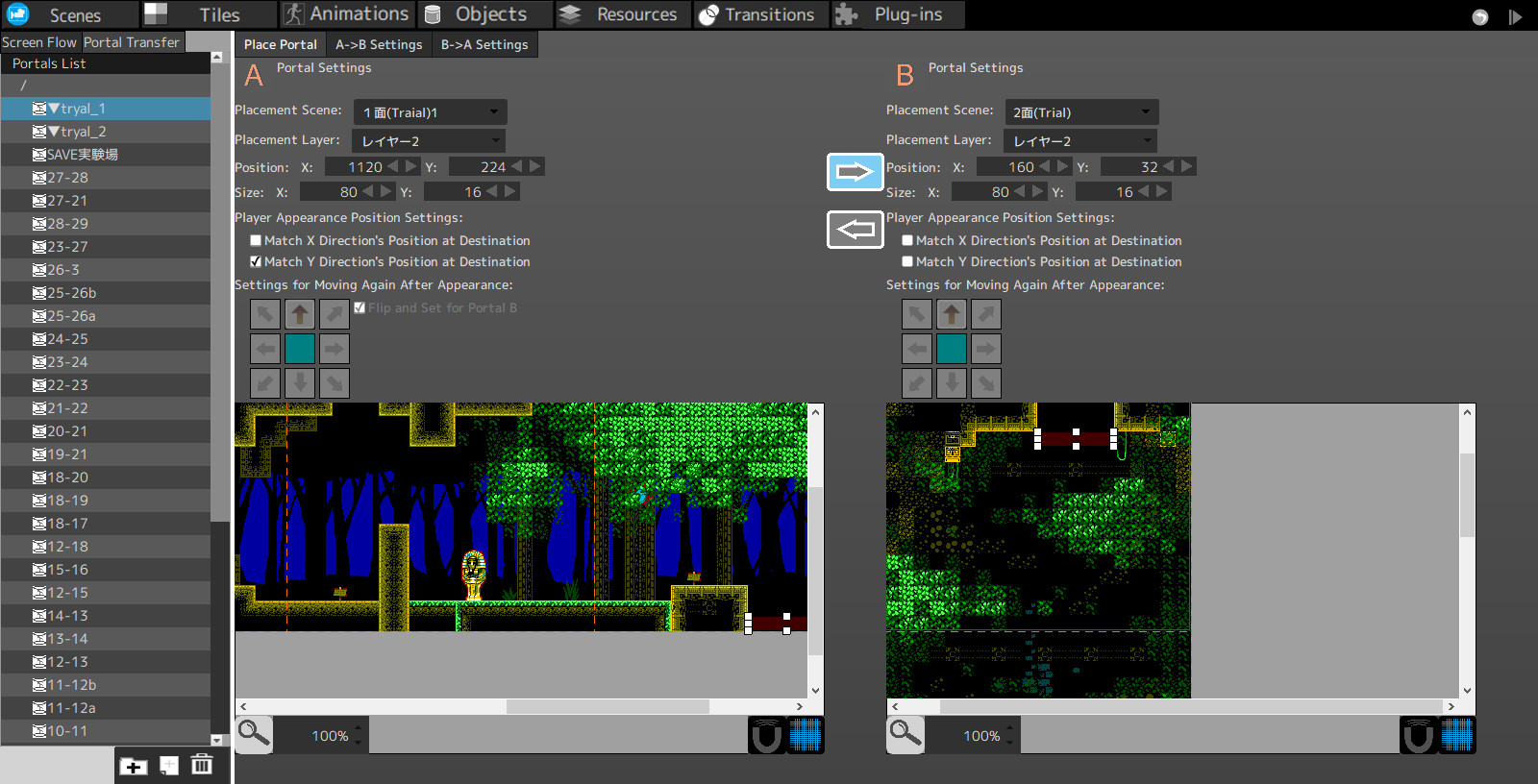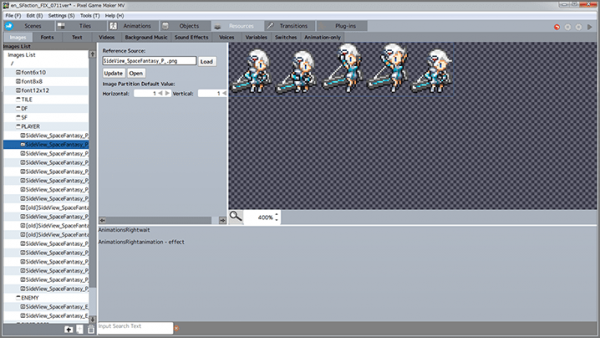I’ll be honest, I kept looking, but I couldn’t find any other good free pixel font makers. If you find a good one, leave me a comment! Pixel Font Making Tips. While I’m giving you the tools you need to make pixel fonts, I may as well share some of the things I’ve learned while creating them. Pixel Font Size. 123,616 downloads (31 yesterday) Public domain / GPL / OFL - 15 font files. Pixel Operator (previously known as the 8-bit Operator) is a libre/free raster proportional and monospace sans serif typeface.
This section deals with the font resource.
When you want to draw text in your game this text is drawn in a standard Arial 12 points font, but to make more interesting or unique looking texts you will probably want to use different fonts, however. So, to use different fonts that you have on your computer you must create a font resource in GameMaker: Studio. For each font resource you specify a particular type of font from your computer which can then be used in your game using the action or code to set a font for drawing to the screen.
To create a font resource in your game, use the item Create Font in the Resources menu or use the corresponding button on the toolbar, which will cause the following window to pop up: As with all resources, you should give your font resource a unique name so that you (and GameMaker: Studio) can identify it while writing your game. Next you should start selecting the fonts to preview using the drop-down menu 'Font' on the left. Beneath this section you can set other things like the size and whether the font should be drawn as bold or italic or have anti-aliasing (edge smoothing) applied, and you also have the option to use High Quality fonts, which will use a different rendering technique for the font glyphs, giving a better, sharper look. However it should be noted that some fonts may not look better, and you should experiment with this option to see which you prefer.
The preview window on the right will show you different text ranges you have selected as they will look with the size and transforms you have specified, except the anti-aliasing which is not visible in the preview but will be in your game. Please note that font scaling (especially from small to large) can give artifacts when drawn, so try to avoid this where possible. There is also a check-box labelled 'Include In Asset Package. If you are creating a package of fonts to upload to the Marketplace or to distribute as part of an extension, then you should tick this option otherwise the base font files will not be distributed with the package.
WARNING!: If you include a base font file in this way it must be licensed for distribution.
One final option that you have available to you is the ability to assign your font resource to a texture group. this can be very useful when it comes to optimising the way your game runs and the amount of texture swaps that must be done while the game is being played. for more information on texture groups please see the section Advanced Use - Texture Pages.
NOTE: Due to licensing issues, GameMaker: Studio does not store the fonts with the project file (when the game is finally finished the font is rendered to a texture page, so finished games will draw the text as designed). This means that if you wish to share the *.gmx or a zipped *.gmz file, you must include the font resource that you have used yourself, as not everyone will have the same fonts as you installed on their computer. The only exception to this is when creating asset packages (see above).
Font Range
A font typically consist of 256 characters, numbered from 0 to 255, but in general you use only a small portion of these. This is why GameMaker: Studio defaults to using only the characters from 32 till 127 are stored in the font. You can, however, change the character range used to help optimise your games ie: If you only need the numbers from a specific font, then only select the numbers. To do this, you should first click the Clear button to clear the current range and then click on the '+' button to add a new range. This will open the following window: This window has some buttons to help you establish a standard range for your font -
- The Normal range from 32 till 127
- The All range from 0 till 255
- The Digits range that only contains the 10 digits
- The Lettersrange that contains all uppercase and lowercase letters only
Other ranges can be used by typing in the first and last character index of the range you wish to set in the Character Range input boxes (If a character does not lie in the range it is replaced by a space). Apart from these buttons and input boxes, you also have two further options there especially useful.
The first is the button marked From Code. If you click on this button and then click OK, GameMaker: Studio will automatically parse your game code for strings and then create different character ranges to cover all the text in your game. Note that it looks for all strings (either within ' or ') and so may also include file names in the character ranges. However you can remove any ranges from your font resource using the '-' button at the bottom of the window and so remove those unwanted characters.
The second button in this window is marked From File and it works similarly to that explained above. If you click on it, you will be asked to supply a file, and then once that is done you should click on OK. GameMaker: Studio will then parse the file and create character ranges for the text found within.
It is worth noting is that if you add a font to your game that doesn't have the glyphs required by the text you wish to write, then the unicode character 9647 (▯) is used to substitute those missing glyphs when rendering it in the draw event. So if your font doesn't have, for example, the ° symbol, then writing 90° will actually produce 90▯.
© Copyright YoYo Games Ltd. 2018 All Rights Reserved
Learn how to create 2D games in Unity with tilemaps, sprites, 2D physics, animation, and more.

Create 2D games with Unity
Unity is the world’s most popular 2D and 3D game creation platform – 50% of all mobile games are made with it! New users can download the free version of Unity. You’ll get access to a platform to create 2D games plus an abundance of free resources from us and our awesome community.
Make a 2D game, in a 2D game
When you download Unity, you have the option to start creating with one of our ready-made Microgames, such as the 2D Platformer. Each Microgame has a collection of Mods – fun customizations that will introduce you to important workflows in Unity.
Create a 2D RPG in just one hour!
Creator Kits are simple game projects available on Unity Learn that you can make in about an hour. The 2D RPG Kit is code-free, so you can focus on learning about the Unity Editor and customizing the game based on your own ideas and interests.
Design 2D gameplay

The Explorer: 2D is a collection of mechanics, tools, systems, art and other assets to hook up 2D gameplay. The kit includes a game example built with these systems. You can complete this great project in under two hours, and you don’t have to write any code.
Learn 2D tools

Ruby’s Adventure is a project that will guide beginner creators into 2D game development and coding. Ruby’s journey will teach you how – and why – to use sprites, how to create your first script, use the Tilemap tool, decorate your scene, and create particles, user interface (UI), audio and more.
Thomas Brush: 2D game dev tips
Pixel Font Game Maker Free
Thomas Brush's channel is chock-full of practical tips and inspiration. Start with 5 steps to making a gorgeous 2D game and Anyone can make 2D games!
Brackeys: How to make a 2D game
Brackeys is one of the most popular and respected channels for Unity creators. Check out this series on 2D game development in Unity.
Pixel Font Game Maker Download
Blackthornprod: 2D art and animation tutorials
Pixel Text Maker
Blackthornprod creates his own video games and shares tons of tips on his channel. See his tutorials on creating 2D game characters, animation, lights, art and more.